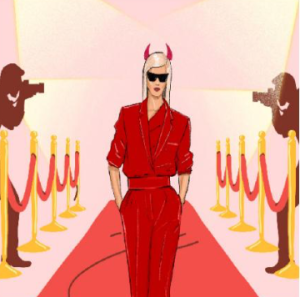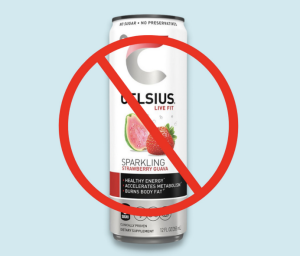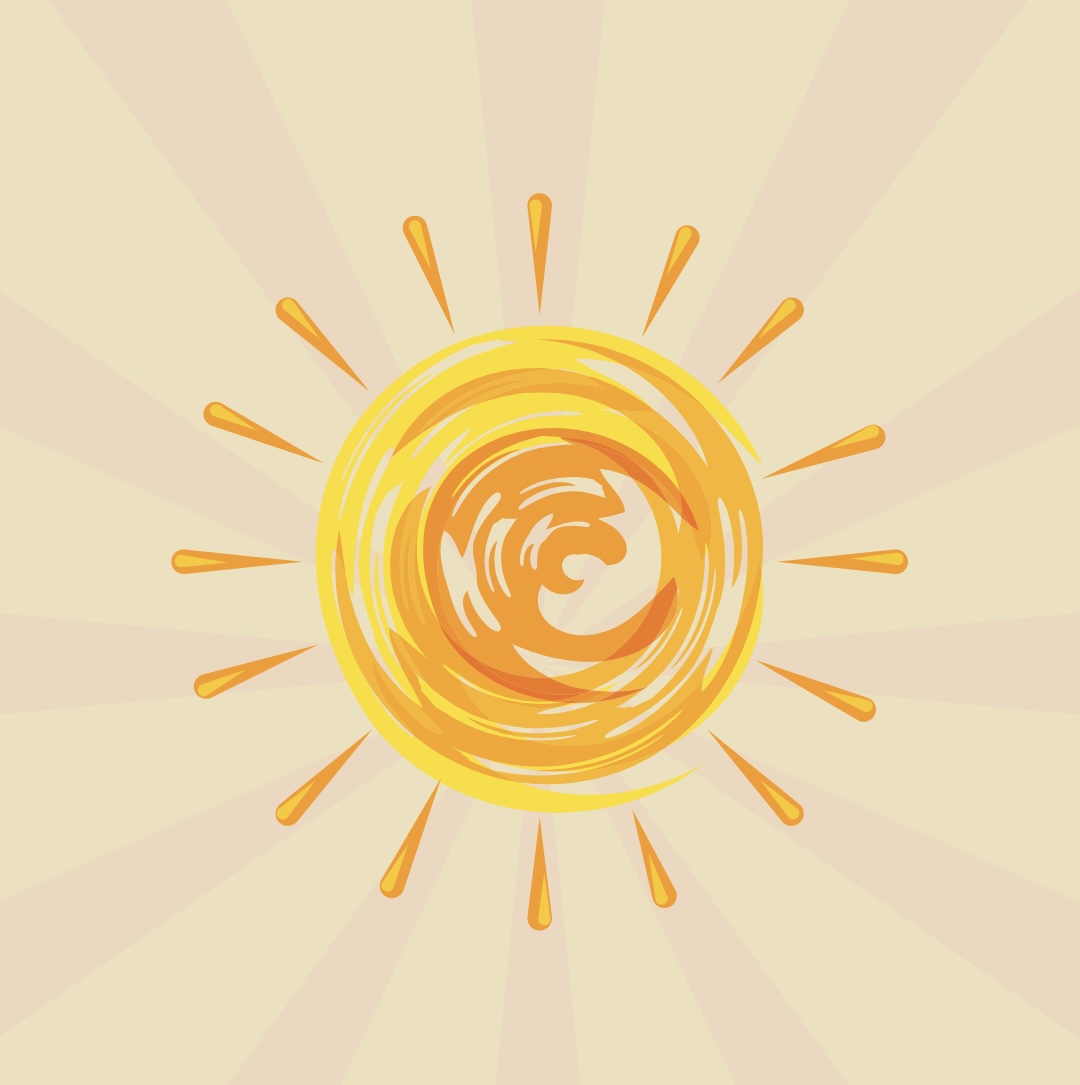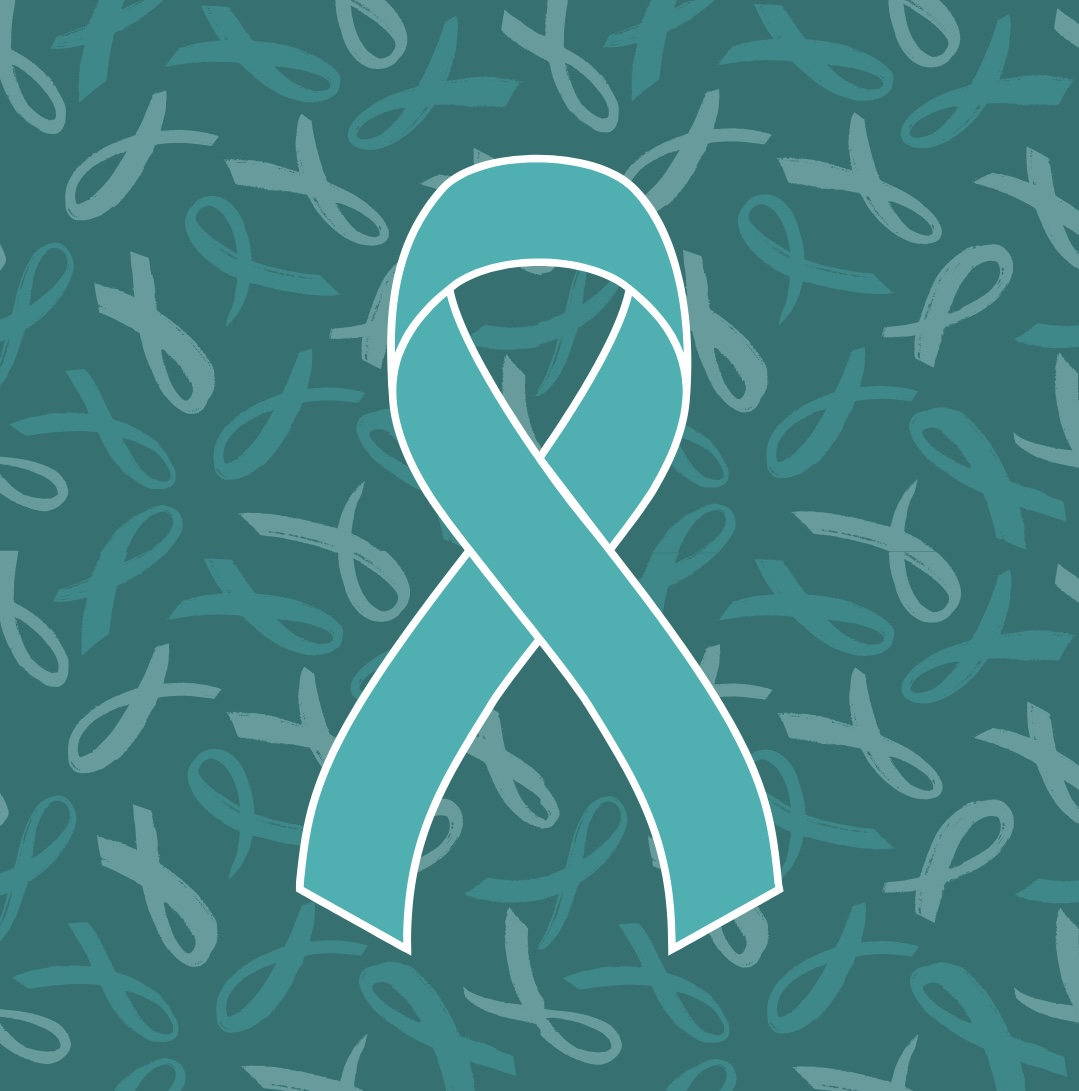Winter showers bring May Flowers.
With the sun coming out and the days stretching longer, GC students are enjoying the warmer weather. More people are hanging out on Front Campus, and “hot girl walks” are in full swing. Students seem to flourish in the warmer weather, as compared to the cold, gray winter months.
Seasonal Affective Disorder, abbreviated as the fitting acronym SAD, is a form of depression that starts and ends around the same time every year. Symptoms usually start in the fall as the cloudy, frigid days move in, making some people feel moody and less energized. Symptoms usually disappear in the warmer months of spring and summer. Seemingly, it is a cycle of depression that revolves around the weather.
“I think I totally have seasonal depression,” said Riley Roberts, a senior history major. “I think it also gets way worse around, like, Christmas and the holidays. I don’t know if it’s because of the really cold weather or just the fact that the holidays can be stressful. But whatever it is, I have it.”
The specific cause of SAD is unknown. However, there are factors that can contribute to the increased number of people feeling depressed during the winter months. Reduced sunlight causes a decrease in serotonin as well as disrupts the body’s biological clock. Lower serotonin levels affect the neurotransmitter that affects one’s mood, which can be an explanation for the sadness one feels when they are stuck inside during the colder months of the year.
Melatonin, the sleep-related hormone, has also been thought to be linked to seasonal depression. Due to the shorter days and reduced sunlight, sleep patterns can be heavily affected by the change in seasons.
“It’s cold and dreary, and everything’s dead,” said Mackenzie Murad, a senior early education major. “It can be not the most fun time to be in if you don’t like winter, especially in Georgia, where we don’t really get all the fun winter things, like snow. It gets dark out earlier in the day, and so you feel like you have less time to do things. And it’s right around the first midterms and exams of the semester.”
For most college students in the state of Georgia, the fall semester starts in the hottest month of the year and ends in the coldest. Right when things are getting difficult with midterm season, the sun is gone and the days are shorter. For college students, this can be a stressful time already.
There is no known way to prevent SAD, as scientists are not even sure of the exact cause. However, there are steps that one can take to help prevent the side effects. Eating healthy, exercising, doing activities outside when possible and even just hanging out with friends and family is recommended to help improve moods during the colder months.
Fortunately, the sun is beginning to shine harder in Milledgeville, and with the Daylight Savings time change last weekend, days are longer, the air is getting warmer, and students can begin to shake this round of seasonal depression and get some much needed vitamin D.











